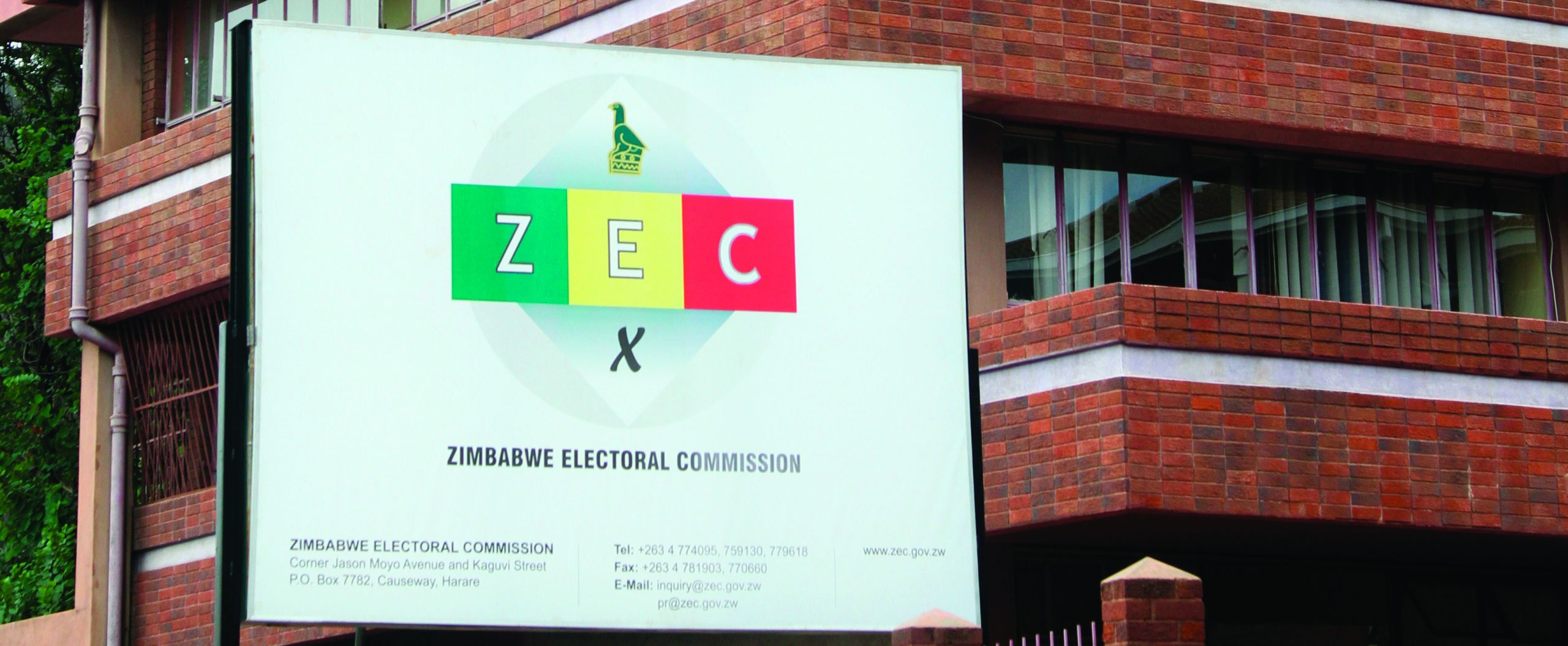
We miss our targets from time to time simply because we were misinformed or because we choose to take a longer route in our brand craftsmanship as we seek to make the brand more visible and worldwide. That’s why we have friends, so we can correct each other when we make mistakes. The road to true entrepreneurship through living brands has been difficult in the past, but we’ve ensured that it can be a breeze if done correctly (thanks to all the previous editions as they have removed all the traditional misconceptions in the formation of this blue oceans strategy).
Now that we have gone through the key aspects of SMEs’ branding up to the enhanced positive publicity and sometimes the need for the rebranding processes, it is then crucial to proceed in defining and positioning ourselves as brands (that is knowing the types of brands that can define us). As highlighted in earlier editions, brand personality has also attempted to guide us in this introspection. Now we must go even further and have a thorough understanding of what is best for us as we define our brands across the entrepreneurial life cycle. This is because we don’t always know what characterises our brands when we first start our businesses (a drawback in our supposed to be a quick take-off). I believe there is a finer line between establishing a business idea and establishing its brand visibility. We can even try to figure out which came first, the hen or the egg?
In this perspective we have to accept the truth that they complement in pushing forward the dream of the entrepreneur to success. So to my colleagues operating in the SME fraternity and those who are yet to join, I advise you not to treat the two as silos. As you start your business idea and set it up, you should then at the same time define and come up with the brand that you want to represent your identity and how to gear it to greater heights (proactive branding approach).
This will even help to initially define your markets as segments and/or niches as you prepare for them and as they also wait for your arrival. But most of the time we are then left to fight fire with fire as we, later on, apply brands that don’t define us, our business idea and our purpose for existence. Of course, it is never too late to correct, especially for those colleagues who are already running their SMEs without knowing the definition of their brand(s). In this edition, we are going to explore and expose some of the definitions for our brands as we industrialise in this revolutionary age of entrepreneurship. Where brand management is the only key to success.
To start with is an innovative brand that becomes a must-do as we initially define our home-grown enterprising brands in markets across the globe. When the targeted markets see and respect you as an innovative brand, it means that the business and its offerings reflect novelty and continuous improvement. A brand that adheres to contemporary market trends and changes in the tastes and preferences of its consumers (a brand that doesn’t age or become redundant). Unlike wine which matures with age innovative brands are techno-responsive and look for what is trending on the market so as to be a leading brand rather than being a laggard.
Imagine the birth of Apple, Nike and other global giants as they have lasted on the market for years at the same time responding to the current needs of the time. Then this takes us to value brands as we are defined to be market penetrators who are conscious of the low-end market needs at the same time competing with global giants. Where quality will lead to defining the brand by charging a relatively lower price. Even with a misinformed assertion that cheap is a poor quality which has labelled some of our ‘SMEs/Museyamwa’ real value brands should close the gap between low pricing and high quality in serving a broader low to middle-income market and beyond.
The point of reference being accessible to all and providing fairness in consumption (a gap filler between the lower-end and upper-end of our markets). Some local cell phone producers have done it to compete with global giants. As they serve and connect all markets with their previously seen as lower-level brands but connected to the same network with those previous market great brands and configured by the same android software and its applications. Now friends and families are widely connected and communicate at any level of our societies.
That’s branding with value as defined in the age of entrepreneurship. It improves on visibility and lasting recognition of our home-grown enterprises. It is high time inferiority complexity should be a thing of the past for our SMEs in various markets. If God is for us who can be against us!! Then as we grow in size and fame performance should be our definition. We should now outcompete other brands through our tried and acknowledged superb performance. One that goes beyond designs, crafts, and systems to real customer/market satisfaction.
- Chamisa under fire over US$120K donation
- Mavhunga puts DeMbare into Chibuku quarterfinals
- Pension funds bet on Cabora Bassa oilfields
- Councils defy govt fire tender directive
Keep Reading
Consistency in excellence should be what the market talks about us. It shows that the business is growing towards developing its own future niche markets for elegance just like Mercedes Benz among others. Despite all difficulties and across borders, it is clear that brilliance inspires and deters imitations, competition, and any potential unfavourable publicity. This therefore necessitates another brand definition, this time for a disruptive brand, to round up this week’s edition. No other brand can compete with it on the market (to be discussed in detail in the future).
Both offensive and defensive techniques are unrivalled or never considered by anyone. When your brand is mentioned, it receives simply respect and nothing else (cannot be imitated or scared away). Now that we’ve been bitten twice, let’s be careful as we strive to figure out what precisely defines our businesses and avoid making the same mistakes we did previously.
- Dr Farai Chigora is a businessman and academic. He is the Head of Business Science at the Africa University’s College of Business, Peace, Leadership and Governance. His Doctoral Research focused on Business Administration (Destination Marketing and Branding Major, Ukzn, SA). He is into agribusiness and consults for many companies in Zimbabwe and Africa. He writes in his personal capacity and can be contacted for feedback and business at [email protected], WhatsApp mobile: +263772886871.










